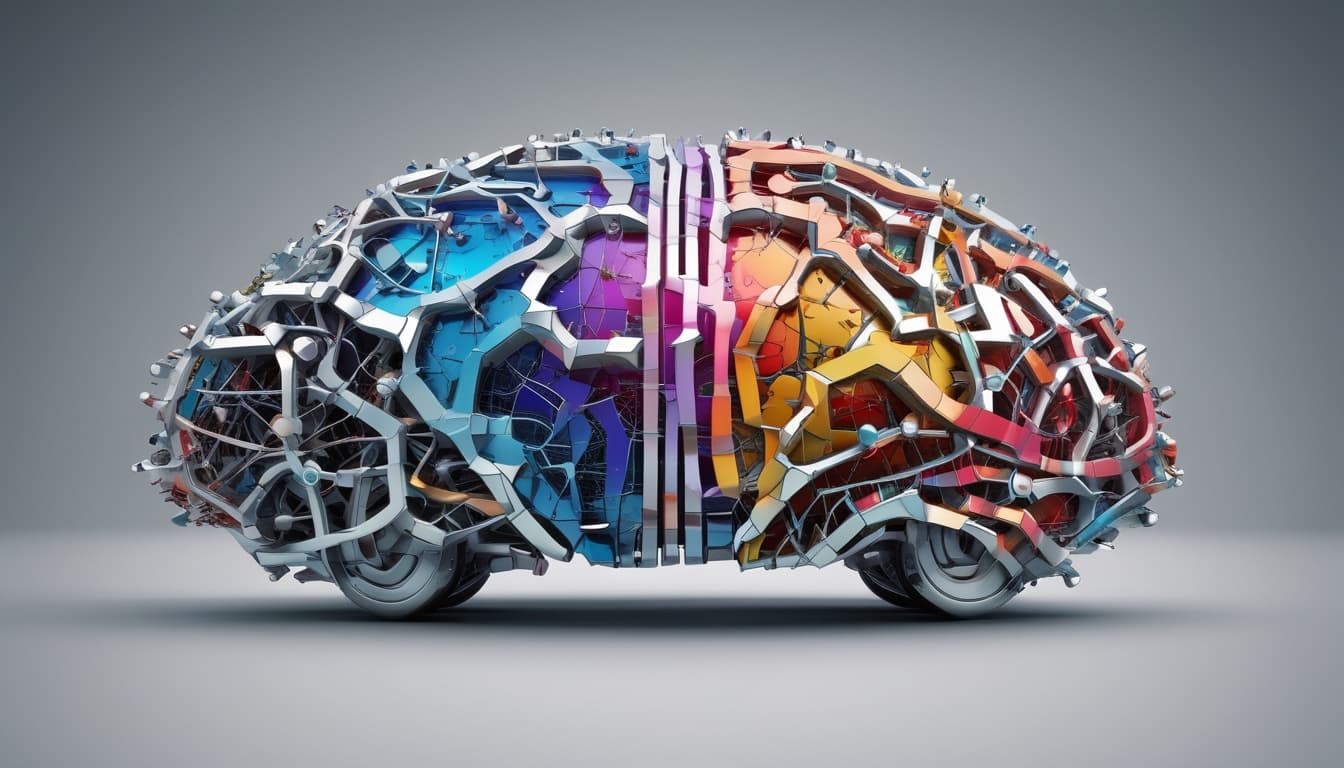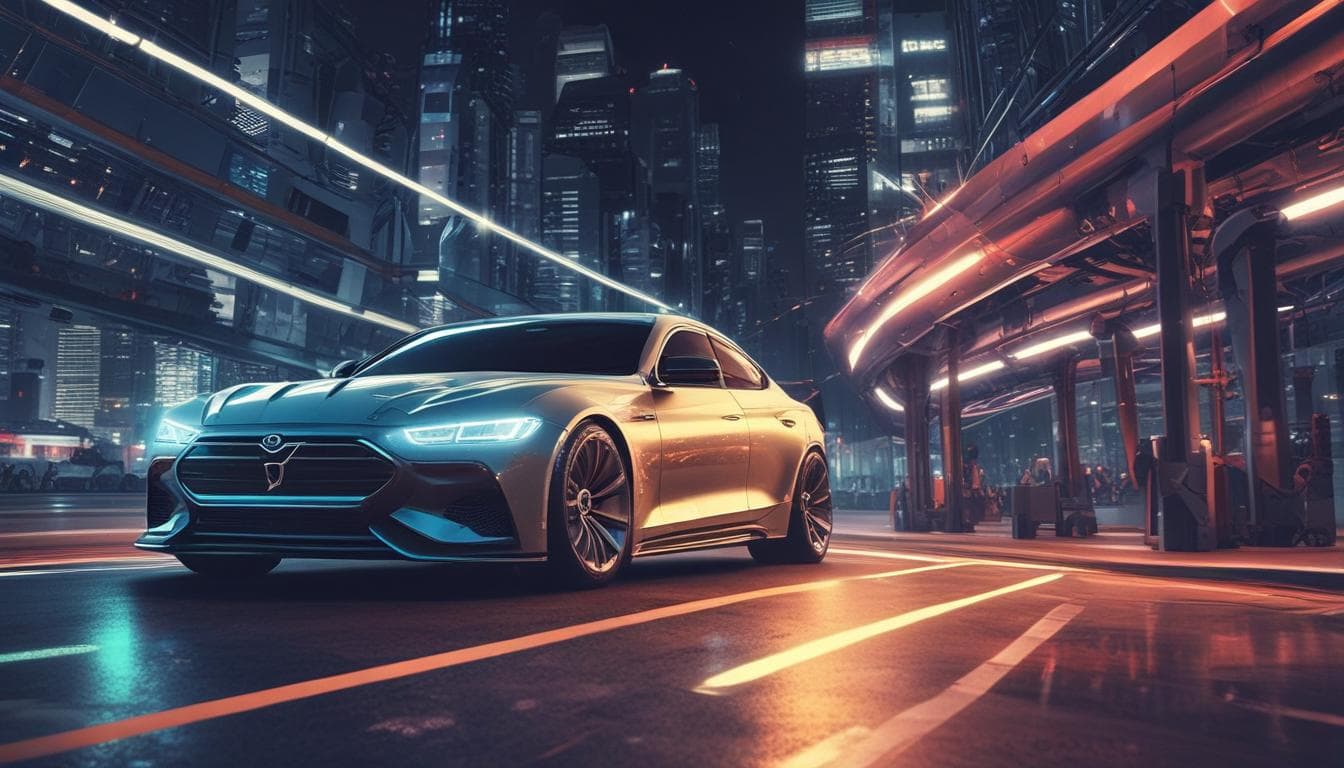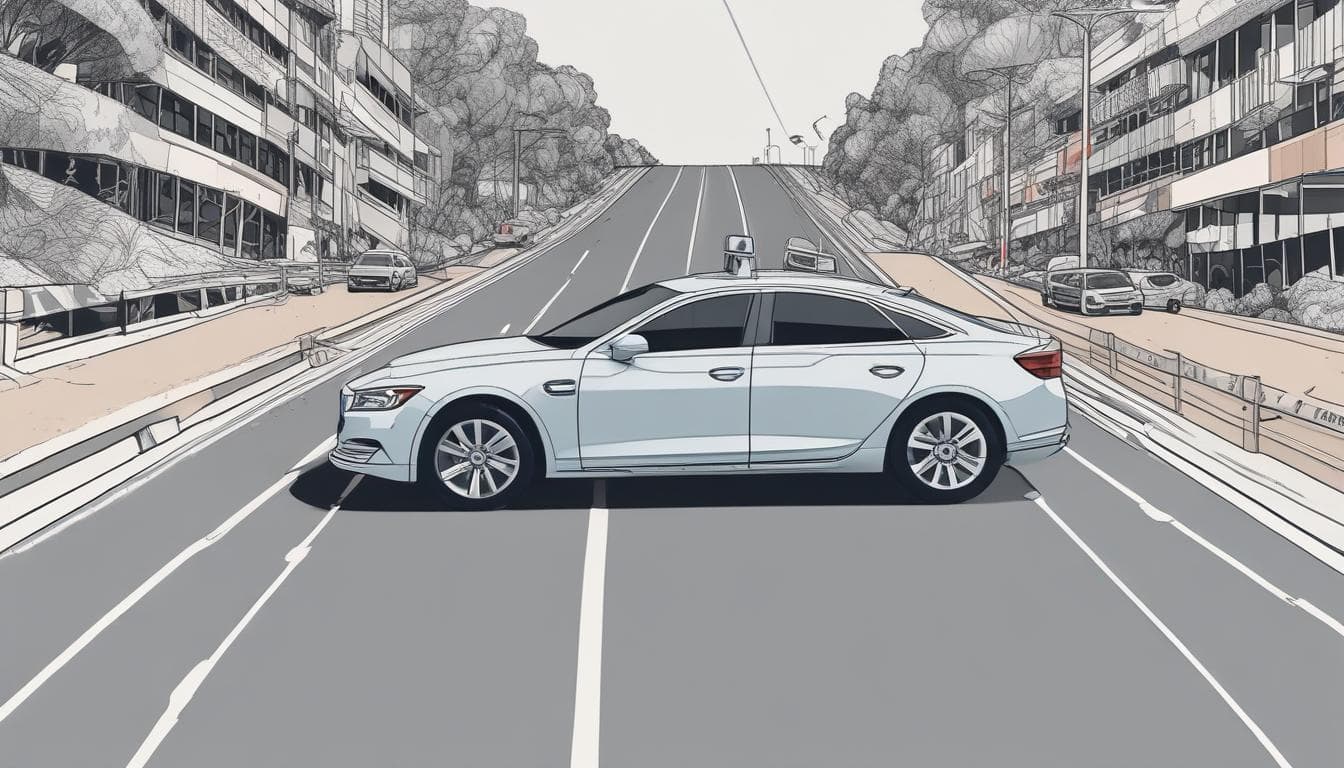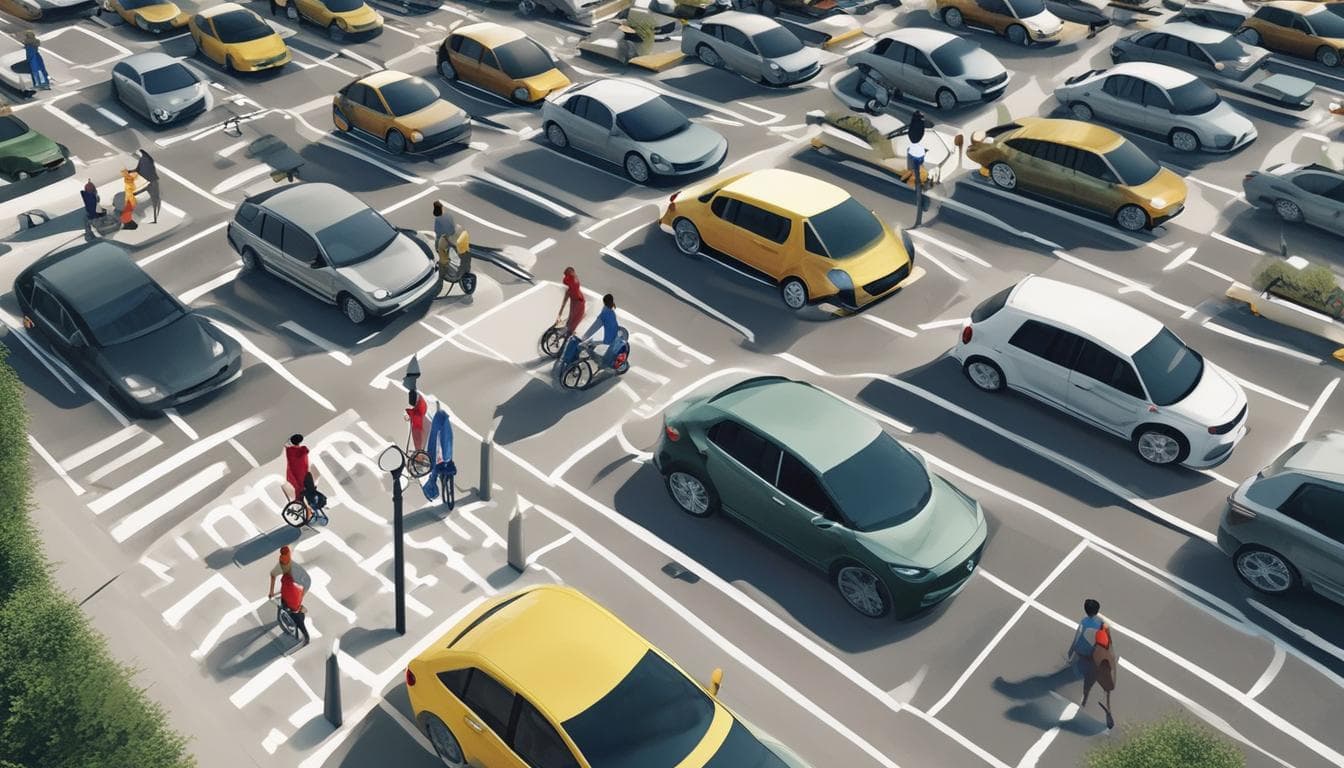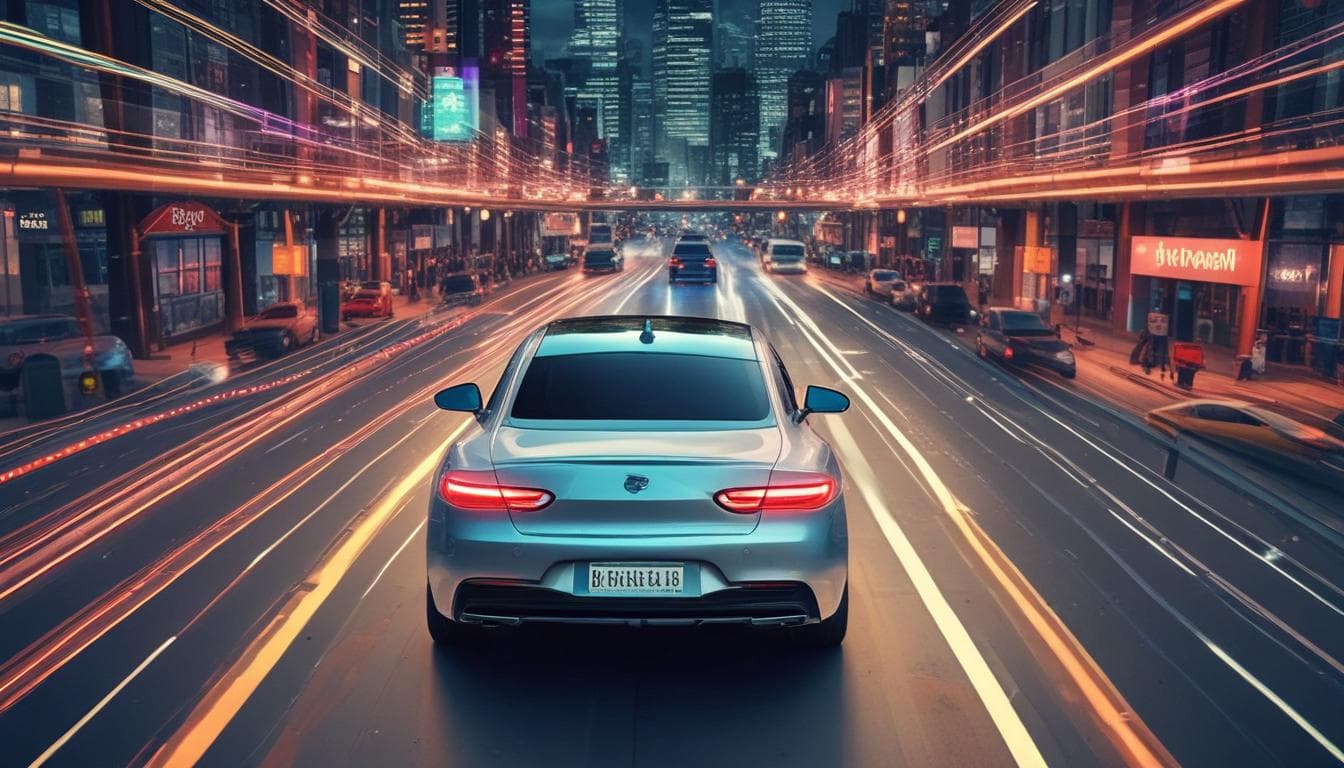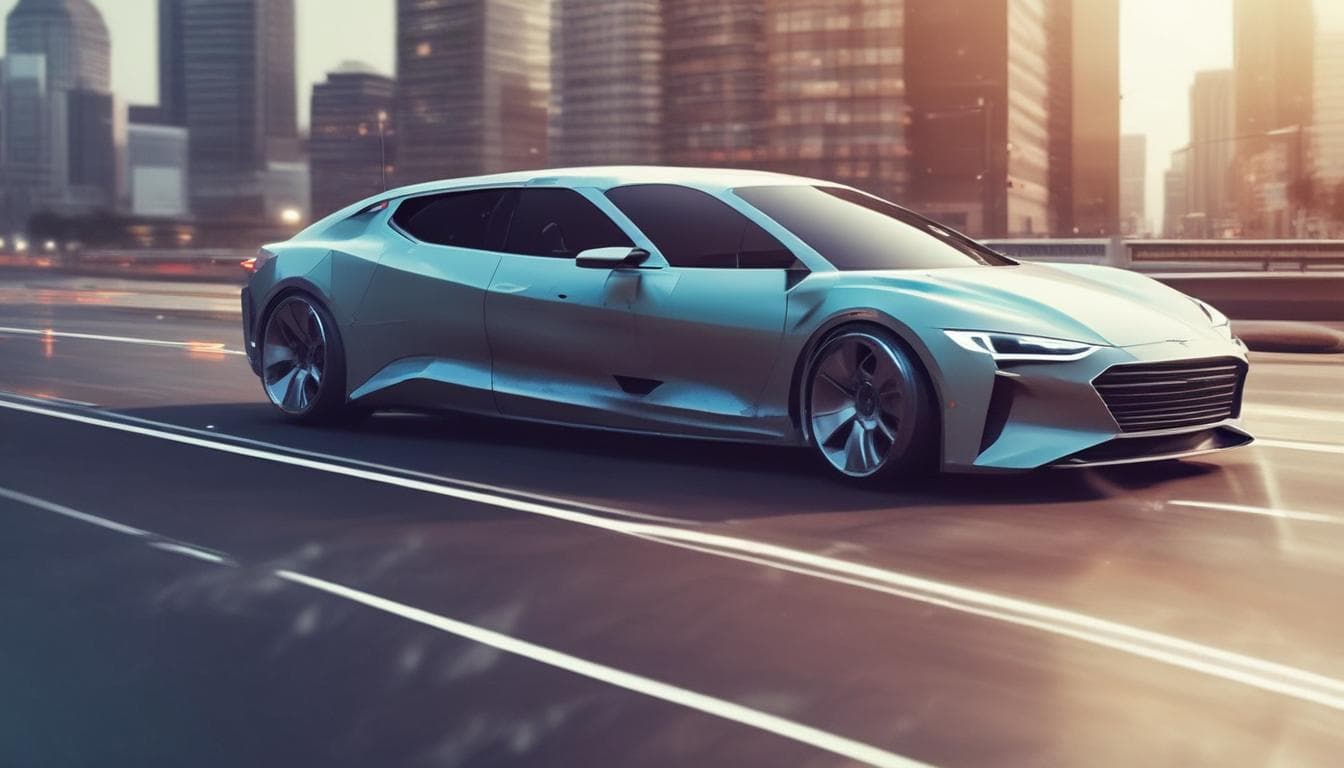With advancements in AI and personalized in-car experiences, how might the role of the car evolve from a mode of transportation to a personalized mobile sanctuary? What features and design elements would be essential in creating this transformative shift, and what societal implications might arise?
The transformation of cars into personalized mobile sanctuaries is indeed an exciting prospect. With advancements in AI and the rise of in-car personalization, we are seeing a shift from merely transportation vehicles to spaces that cater specifically to the needs and preferences of their users.
Key Features and Design Elements
To create this transformative shift, several features and design elements are essential:
- Adaptive AI Systems: Cars could utilize AI to learn from user behaviors, adjusting settings for climate, audio, and even driving style based on individual preferences.
- Augmented Reality (AR) Interfaces: Implementing AR in navigation could enhance driving by providing real-time information overlay, making the car environment interactive and informative. For further insights into how technologies like AR are reshaping the automotive landscape, check out Driving the Future: How Extended Reality (XR) is Transforming the Automotive Industry.
- Comfort and Wellness Features: Integrating wellness technologies such as massage seats, air quality control, or even mood lighting can significantly enhance the driving experience, making it more like a sanctuary than just a mode of transport.
- Connectivity Solutions: Seamless integration with personal devices and smart home systems allows users to maintain their lifestyle even while on the road, further enhancing the sense of personal space.
Societal Implications
As cars evolve into mobile sanctuaries, several societal implications should be considered:
- Changes in Urban Design: With the rise of mobile sanctuaries, urban areas might need to adapt, focusing on creating environments that can accommodate not just parking but holistic living, where commuting becomes an extension of home.
- Impact on Community and Isolation: While mobile sanctuaries provide individual comfort, they might also lead to isolation, as people spend more time in their cars rather than engaging with their community. Balancing personal space with community interaction will be crucial.
- Environmental Considerations: The focus on in-car experiences may lead automakers to prioritize sustainability, pushing for more eco-friendly designs and features. This aspect aligns with the ongoing discussions about the impact of electric vehicles on the automotive industry, as highlighted in The Electric Vehicle Revolution: Transforming the Automotive Industry and Shaping the Future of Transportation.
In conclusion, the evolution of cars into personalized mobile sanctuaries represents a significant shift not only in automotive design but also in lifestyle and societal norms. Embracing these changes will require thoughtful implementation, balancing personal comfort with broader social impacts.
探索更多相关内容
加入讨论
- 未来汽车:移动的个人健康管理中心?机遇、挑战与展望
探讨未来汽车如何转变为“移动个人健康管理中心”,实时监测身体指标、提供个性化建议。分析其对日常生活、健康习惯的影响,以及带来的机遇、挑战,包括隐私、数据安全和跨界合作等问题。
- 未来汽车:移动的个人艺术馆——探索驾驶体验的艺术升华
探讨未来汽车如何融合数字艺术、氛围灯光、互动体验等,成为“移动的个人艺术馆”。分享您对个性化“移动艺术空间”的创意,以及这种结合对汽车设计、文化和出行方式的深远影响。这是否预示着一个将驾驶体验提升至艺术欣赏层面的全新汽车时代的到来?
- 未来十年,汽车能否成为真正的“移动之家”?
探讨未来十年汽车发展趋势,除了自动驾驶和电动化,还有哪些科技进步能让汽车成为更舒适、智能和娱乐的移动空间?如何改变我们的出行和生活?
